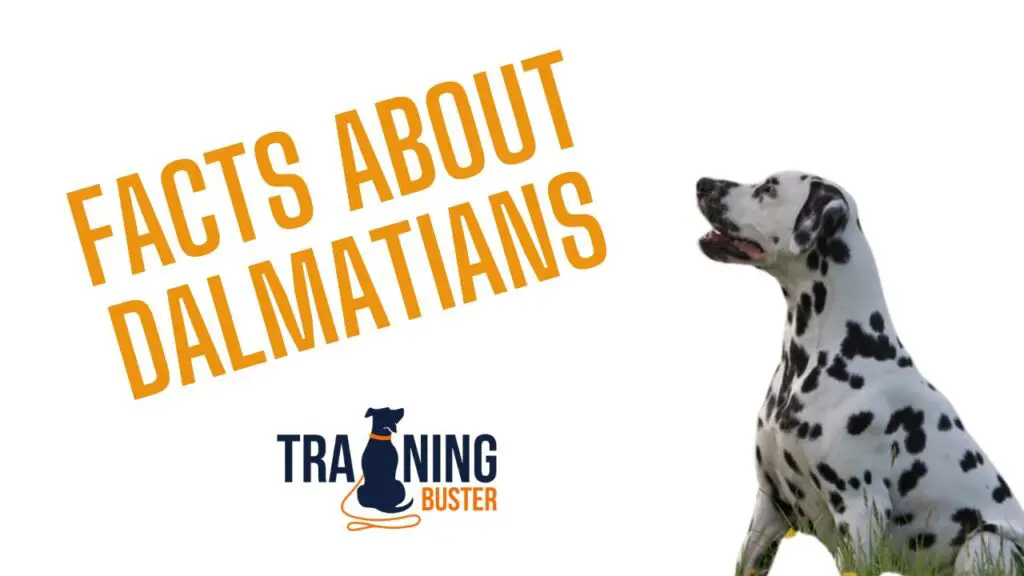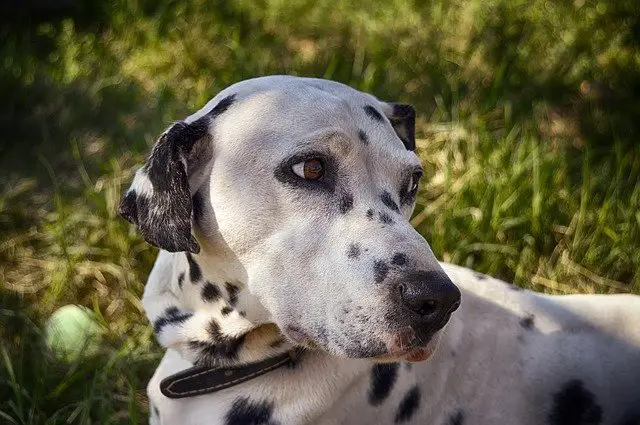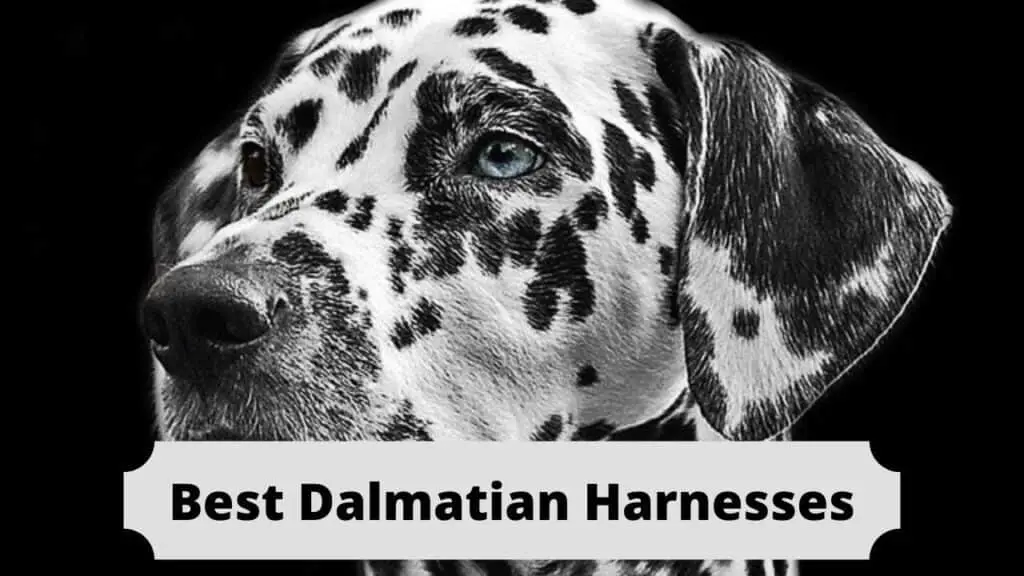Whether you know them from one of the Disney films or Paw Patrol, the Dalmatian is a dog that has remained enduringly popular as time goes by. Playful and energetic enough to take you for a walk, yet also cuddly and chilled-out enough to snuggle up with you on the couch at the end of the day, Dalmatians make a great dog for many living situations.
But where does this dog come from? What were Dalmatians bred for? What are they good at? There are countless interesting facts about Dalmatians, but here are just a few of them!

They are born spotless!
Did you know that this notoriously spotty dog is born with a bare coat? It’s true! Dalmatian puppies are actually born completely white, only developing their spots at two to four weeks old.
They aren’t just black and white, either. Some Dalmatians have brown spots when they grow up, while others have blue, brindle, or even lemon markings!
They have unique spots
Just like snowflakes, or our fingerprints, no two Dalmatians are alike. Every last one of these spotty dogs has their own unique constellation of “spot prints”. From their snout to their tail, Dalmatians have spots all over their body. This includes their fur, skin, and even inside their mouth!
They are prone to deafness
This unique dog is unfortunately prone to a range of equally as unique mutations. One of these mutations is a gene that causes deafness. It’s thought that anywhere between 15% to 30% of Dalmatians are predisposed to deafness, while 5% of Dals are deaf in both ears.
The gene that causes a Dalmatian’s deafness is linked to the genes that cause most of this dog’s coat to be white. A deaf Dalmatian also typically has blue eyes.
You see, the genes that cause spots on a Dalmatian’s body lack mature melanocytes. Melanocytes are the cells that create melanin in the inner parts of a Dalmatian’s ear. Having too few melanocyte thus means that some Dalmatians cannot hear, while others lack directional hearing.
Indeed, Dals with bigger spots have less of a chance of becoming deaf. These days, there are less and less deaf Dalmatians because dogs are screened before breeding, and thus less Dalmatians carrying genes that make deafness likely in their puppies get bred.
They grew in popularity in the 1800s
During the 1800’s, Dalmatians served as coach dogs. They ran beside carriages, protecting the passengers, cargo, and horses, from other dogs, people, and being robbed. Around this time, before the advent of automobiles, firehouses also began to adopt the loud, agile, robust Dalmatian.
These spotty pooches would run ahead of the firefighters in their carriage, parting any crowds to clear the way for a quick rescue, and barking loudly all the way to alert pedestrians to an active fire.
No one knows where they came from
The Dalmatian breed is so old, that they are the only dog breed that was bred for “coaching” – running alongside horse-drawn carriages to protect precious cargo or clear people out of the way ahead. Later, they became ratting, herding, and hunting dogs, too.
This, and their spotty coat, gave the Dalmatian many names, including the Carriage dog, the English Coach dog, the Fire House dog, the Spotted Dick, and the Pudding dog. However, no one is quite sure where the breed originated.
It’s also thought that the Dalmatian dog served as a sentinel at the borders of Dalmatia and Croatia, in times of war. It’s not clear whether this region is the pooch’s country of origin, however – the ancient Egyptians even painted spotty dogs running alongside chariots on their walls!
They are lovely
The Disney film and Dodie Smith story weren’t exaggerating – Dalmatians are beautiful, playful, idiosyncratic pooches to keep as pets. Sure, they can be a little slobbery.
But whether you want a personal trainer to drag you around the park, an intelligent, discerning connoisseur of film and TV to snuggle up with on those late night movie marathons, or a goofy playmate to make you smile, you can’t go wrong with a Dalmatian! This charming pooch is an all-round crowd pleaser.
They are actually categorized as show dogs
Yes, despite this breed’s high energy and agility, the Dalmatian is actually categorized as a show dog in most competitions. Under groups like Hound, Gundog, Utility or Terrier, the Dalmatian shows speed and endurance. But this polka dot pooch is more popular for their spotted coat than their stamina or athletic prowess.
George Washington loved them!
Sure, they’ve been popular in many countries. Dalmatians have been thoroughly adored all the way from Dalmatia itself to England and America.
But did you know that George Washington loved Dalmatians? Yes, the first president of the United States really appreciated this breed and owned a non-sporting Dalmatian named Madame Moose. Madame had a great life, running around with the President’s Mastiffs, Newfoundlands, Terriers, and Italian Greyhounds.
They shed. A lot.
The Dalmatian has short, fine hairs and a dense, soft coat, so you’d think they wouldn’t shed much, right? Wrong. Dalmatians shed truckloads. Once or twice a year, as the seasons change, your Dalmatian will shed their damaged or dead hair to make way for a velvety coat you’ll be envious of. In return, you’ll find coarse, needle-like hairs in any woven or fluffy fabrics your Dalmatian comes into contact with. So don’t go barefoot for a while!
They can be stubborn
The Dalmatian breed is one of the smartest there is. They are also gentle and sensitive. But if you don’t train them properly and give them plenty of stimulation, Dalmatians can get wilful and stubborn. They may refuse to do a trick if you don’t provide the treats they are used to, for example, or may figure out how to escape their crate just from watching how you lock it.
You can prevent negative behaviors by working on your Dalmatian’s obedience from an early age, not leaving them alone too long, giving them plenty of exercise, and keeping them occupied.



